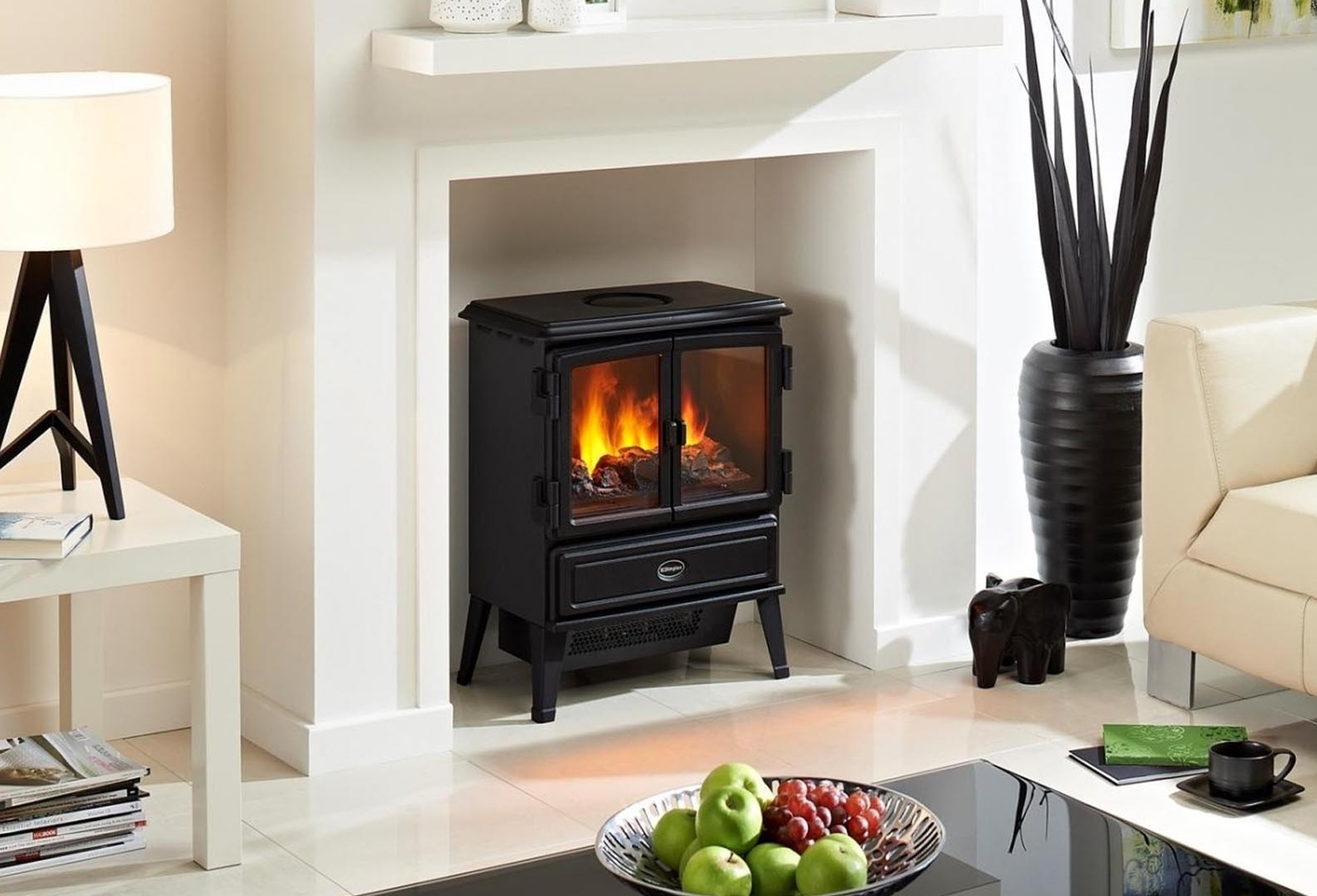When purchasing a real wood-burning fireplace, several important factors should be considered to ensure safety, efficiency, and enjoyment. Here are key considerations:
-
Safety: Safety should be a top priority when using a real wood-burning fireplace. Ensure that your home and local regulations permit wood-burning fireplaces. Follow safety guidelines, such as maintaining proper clearance from flammable materials, using a fireproof hearth or fireplace, and installing smoke detectors and carbon monoxide detectors. Have a fire extinguisher readily available.
-
Type of Fireplace: Determine the type of fireplace you want, such as a traditional masonry fireplace or a factory-built fireplace. Each type has different features, installation requirements, and costs. Consider factors like space availability, design aesthetics, and heating efficiency to choose the most suitable option for your needs.
-
Heating Efficiency: Wood-burning fireplaces can vary in terms of heating efficiency. Look for designs that optimize combustion and heat transfer, ensuring efficient use of wood and minimal heat loss. Some models may have features like heat exchangers or blowers that improve the fireplace's heating efficiency.

-
Size and Heating Capacity: Assess the size and heating capacity of the fireplace. Consider the size of the space you want to heat and choose a fireplace that can provide adequate heat output. Manufacturers often provide guidelines on the fireplace's heating capacity, measured in British Thermal Units (BTUs), to help you select the right size.
-
Emissions and Environmental Impact: Real wood-burning fireplaces produce emissions, including smoke and particulate matter. Look for models that meet local emissions standards or are certified as environmentally friendly. Some fireplaces may have advanced combustion technologies or catalytic converters that reduce emissions and improve energy efficiency.
-
Installation and Ventilation: Consider the installation requirements and ventilation options for the wood-burning fireplace. Proper installation is essential for safety and optimal performance. Ensure that your home's structure and layout can accommodate the necessary installation and comply with safety regulations. Adequate ventilation, including a chimney or flue system, is necessary to expel smoke and gases.
-
Maintenance and Cleaning: Wood-burning fireplaces require regular maintenance and cleaning. Ashes and creosote can accumulate, so ensure easy access for cleaning and consider models with features like ash pans or removable components. Regular chimney sweeping is also essential to prevent chimney fires and maintain proper ventilation.
-
Aesthetics: Consider the design and aesthetics of the wood-burning fireplace. Choose a style that complements your home's décor and personal preferences. Options range from traditional and rustic to modern and sleek, allowing you to find a design that fits your desired aesthetic.
-
Cost: Consider the upfront cost, installation expenses, and long-term operating costs of the wood-burning fireplace. This includes the cost of the fireplace, installation fees, chimney maintenance, and the cost of wood fuel. Factor in the overall cost-effectiveness of the wood-burning fireplace compared to other heating options.
-
Local Regulations and Restrictions: Check local regulations and restrictions regarding wood-burning fireplaces. Some areas may have limitations on the type of wood-burning appliances allowed or restrictions on burning during certain times or in specific weather conditions. Ensure you comply with any local rules to avoid legal issues and ensure responsible wood burning.

 0086-574-62766180/62766182
0086-574-62766180/62766182






 English
English 中文简体
中文简体













